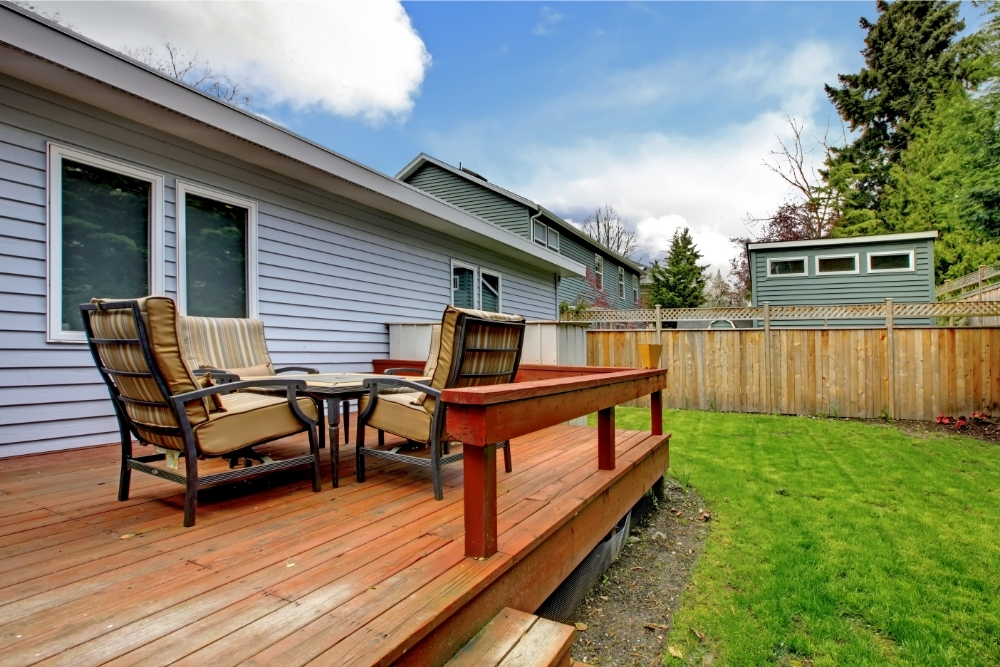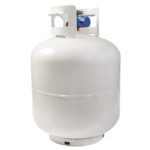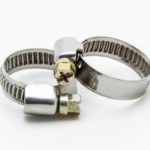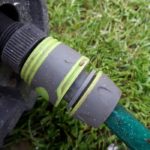Even with technological advancement, some low-tech tools and methods have proven themselves against the test of time. A good example is a water level generated with a hose. With this tool, you don’t have to worry about uneven structures and measurements. And the good thing about a water hose is that you can use it for any sort of construction you have in mind, from high to low profile projects. But how can you use a water level, and are they always accurate?
A water-level is a tool used to match heights, like a laser level. A hose is great for this – if two buckets are connected at the base with hoses, then after they’re filled with water, the waterline in both tanks will always match, having the same “level”, or height,” in all connected vessels.
Water level measurements are always accurate, as long as there’s no interference. That’s why you need to ensure that nothing interferes with the result. As we proceed, you’ll learn how to avoid issues and also how you can use this device for your various construction needs. This technique won’t replace your laster level 100%, but in a pinch it may allow you to move forward without yet another trip to the hardware store!
What Is a Hose Level?
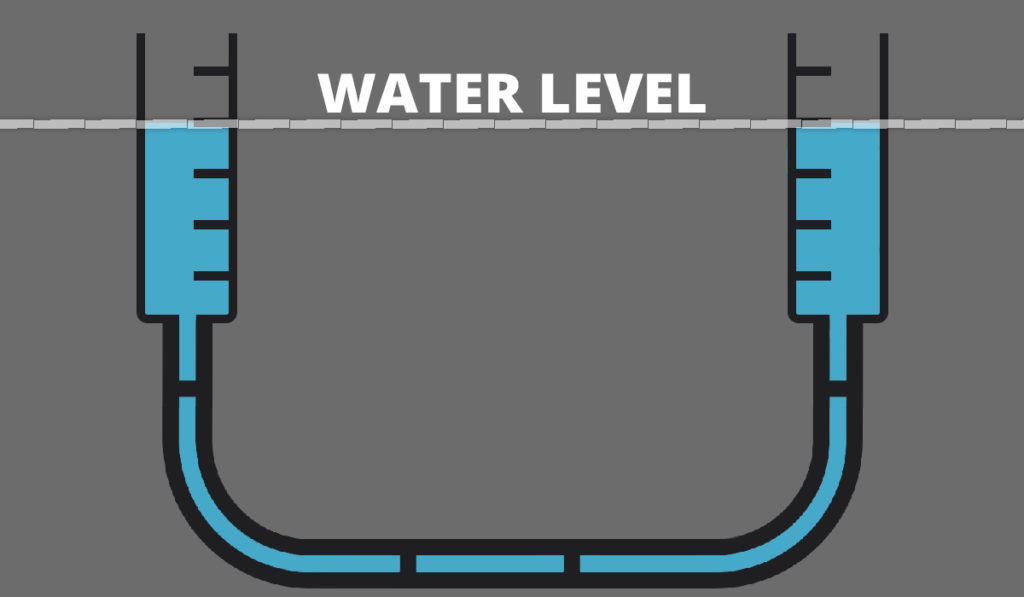
A hose level, or a water hose level, is a device used to find the accurate elevation comparison between several items like stakes or spots. This is done to make accurate and even constructions.
The hose level has existed for a long time, and even ancient civilizations used it to construct pyramids and aqueducts. It’s easy and inexpensive to make a water level, and it’s ideal for leveling a shed foundation or deck.
You can make this tool by simply using some household materials like water and a hose, and some would even argue that it’s more efficient than a carpenter’s or builder’s level.
What Is a Level Hose Used for?
A level hose is usually for building structures. It is used to find the level spot on construction works and projects. You can also use this tool to find levels around edges and corners that are out of sight, and this is where a builder’s level falls short.
Water always finds its own level, so unless there’s disruption from other elements like tides or wind, the water level at one end of a body of water is always the same as the level at the other. You only need to substitute the body of water with a level hose.
How to Use a Level
To create a water level hose system, you need the following:
- A plastic bucket (on Amazon) (or two, because you want more than one location to compare the level at probably)
- A classic garden hose (also on Amazon) of whatever length you need for your project
You may have these items at home, but if not they’ll be available at a nearby hardware store or, of course, online. Afterward, use the following steps to create a water level:
- Create a hole at the bottom of the plastic bucket. The hole should be a bit smaller than the hose/tube.
- Slice about 2” off the end of the tube to make it easy for the plastic tube to go through the hole you’ve created in the bucket.
- Insert the plastic tube into the hole and pull from inside the bucket until it’s tight.
Once you’ve done this, you should fill the bucket to the brim with water and place it on a chair or a saw tool. You don’t have to worry about the height. Place the hose on the ground loosely and let all the bubbles come out of it. Also, ensure that water is coming out freely through the tube.
You can use the water level hose in two ways, and it all depends on the project you’re using it for. Below, we’ll look at a couple ways of using this tool, but it’s more important to have a good understand of what, fundamentally, you’re using this for. You are generating a level, a height, that you can then mark somewhere. So, you might put a bucket in one spot, and then in another, and you can use them to (for instance) set a consistent hight for a fence-post or some other thing you need to be vertically in one spot.
This is a complicated idea, so another question worth asking is: what other existing tools could a water level be used in place if? If you think about tools like laster levels that project a horizontal line, that’s exactly what we’re doing here with a water level. So, with that framework in. mind, let’s turn our attention to our admittedly a little confusing example cases:
First Method
You can use this method for high profiles, retaining walls, and decks. Hold the hose end against post (A) and place a mark on the post at the point where the water line appears. The datum line is now established (not the actual height required).
The height of the house, the post (B), and the post (C) should be marked in the same way. With all four objects level, the tops of the posts need to be trimmed to the same height as what is known to be necessary for the house.
At this point, water levels are no longer needed. From the datum height marked on the house, measure the required size. Measure up from each post’s datum height and apply it to posts (A), (B), and (C).
By now, you have a level line running from the house through posts (A), (B), and (C).
Second Method
This method is helpful for low decks, low profiles, low retaining walls, determining the height of ponds and pools, and ground contours, among many others.
In this case, you need to hold the hose’s end up against a pipe held up on area (A). Where the water line is visible in the hose, mark a pencil line on the post. Do the same thing over the area (B) after walking down the hill. Now you have two pencil lines on the rod. Area (A) will have to be indented as deep as the distance measured between the two marks to be level with the area (B).
To ensure you get the right results, you need to do the following:
- Confirm that there are no knots or kinks in the tubing. You can do this by moving your hand over the hose before using it. Old or worn tubes can have knots, so you need to replace those.
- Don’t leave water in the hose for an extended period, as this might cause bubbles to form, leading to inaccurate measurements. Empty this device once you’re done with it, and refill it only when needed.
- Store the water level in a cool place, away from the sunlight. Exposing a water level to the sun will cause the hose to get hot and the water in it to expand, leading to inaccurate readings. Prevent this by keeping it away from direct sunlight, especially when it’s not in use.
How Do You Put Water in a Level Hose?
To put water in a level hose, you need to siphon water from a tank into the hose, or you can simply fill the tube by pouring water into it.

